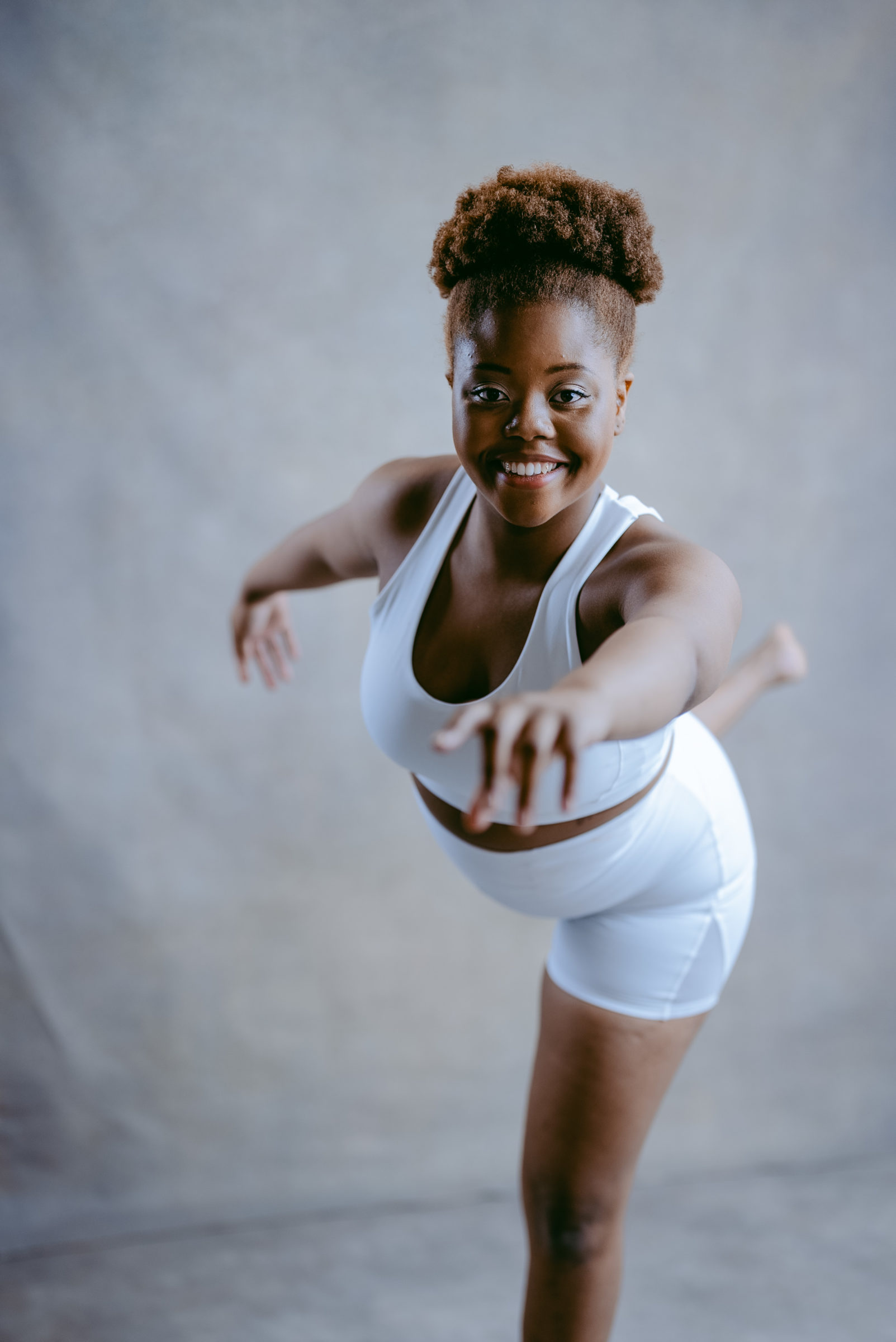Suite 3, Ground Floor, The Gateway,
312 St Kilda Road, Southbank, VIC, 3006
Importance of Strength Training for Dancers

Dancer: Should I be doing some strength training?
The short answer is yes – you should incorporate some strength training into your dancing life, but let me tell you why…
Young dancers spend hours in the studio working to hone their technique, dance skills and artistry. Often technique classes only focus on perfecting specific aspects of their style, or prepare for choreography and routines and leave little room for the strengthening that we, as allied health practitioners know, is essential for appropriate and safe movement execution as well as longevity in dance
We are now starting to see many dancers implement strength training into their routine outside of the studio to assist in finding their optimal dancing body. Each dancer is different as is their load, strengths and weaknesses, therefore the dosage of exercises is dependent on the type of training goal that the individual is trying to achieve. By incorporating strength training into their routine, we are seeing a lower incidence of injuries.


Some common training goals include:
- Strength – to assist in the control and execution of movements
- Power– to assist with explosive exercises & techniques such as jumping
- Muscle hypertrophy– to increase muscle bulk and definition
- Endurance -to assist with repetitive movements and longer durations of activity, as required for a showcase.
These are all goals that we can help dancers achieve with the right plan.
Strength training has been shown to assist in elevation, balance, the ability to handle complex virtuosic repertoire, the control of movement and to enhance a dancers’ overall individual style. Improving strength also helps a dancer become a more versatile performer as well as being able to meet their physical dance needs with ease and is correlated with a lower risk of injury. Often strength training can be overlooked as dancers do not want to increase the ‘bulk’ of their muscles however the term strength training does not imply that the end goal is always to increase muscle bulk, but rather it enhances the control of specific muscles, that in turn allows for greater range of motion and the control through extreme ranges. Research has shown that it is difficult for females to increase their muscle bulk with strength training, as they have higher levels of oestrogen rather than progesterone and testosterone which males have higher levels of and are associated with increased capacity to build muscle bulk.
The stronger a dancer is, the more versatile they are and more room they have to explore the ranges they have within their movement. Being strong ensures that dancers are able to meet the physical demands of their study and/or work. By focusing on the areas that will help address your own strengths and weaknesses, you will ensure that you continue to grow as a dancer and reduce your risk of injury. If you need assistance in developing a strength program, contact your health care professional for advice..
References
Ávila-Carvalho, L., Conceição, F., Escobar-Álvarez, J. A., Gondra, B., Leite, I., & Rama, L. (2022). The Effect of 16 Weeks of Lower-Limb Strength Training in Jumping Performance of Ballet Dancers. Frontiers in physiology, 12, 774327. https://doi.org/10.3389/fphys.2021.774327
Chapter 4: Training Principles and Supplementary Fitness. In Quin E, Rafferty S & Tomlinson C. (2015) Safe Dance Practice. An Applied Dance Science Perspective. Champaign, Ill, USA: Human Kinetics.
Koutedakis, Y., Clarke, F., Wyon, M., Aways, D., & Owolabi, O. (2009). Muscular Strength: Applications for Dancers. Medical Problems of Performing Artists, 24. 10.21091/mppa.2009.4032, available at: https://www.researchgate.net/publication/44392574_Muscular_Strength_Applications_for_Dancers
Kozai, A. (2012). Supplementary Muscular Fitness Training for Dancers. The IADMS Bulletin for Teachers. 4(1). Available at: https://cdn.ymaws.com/www.iadms.org/resource/resmgr/Public/Bull_4-1_pp15-17_Kozai.pdf
The IADMS Bulletin for Dancers and Teachers. (2014) 5(1). Special edition on supplementary training, available at: https://cdn.ymaws.com/www.iadms.org/resource/resmgr/Public/IADMS_Bulletin_DT_5-1.pdf
Watson, T., Graning, J., McPherson, S., Carter, E., Edwards, J., Melcher, I., & Burgess, T. (2017). DANCE, BALANCE AND CORE MUSCLE PERFORMANCE MEASURES ARE IMPROVED FOLLOWING A 9-WEEK CORE STABILIZATION TRAINING PROGRAM AMONG COMPETITIVE COLLEGIATE Dancers. International journal of sports physical therapy, 12(1), 25–41.


